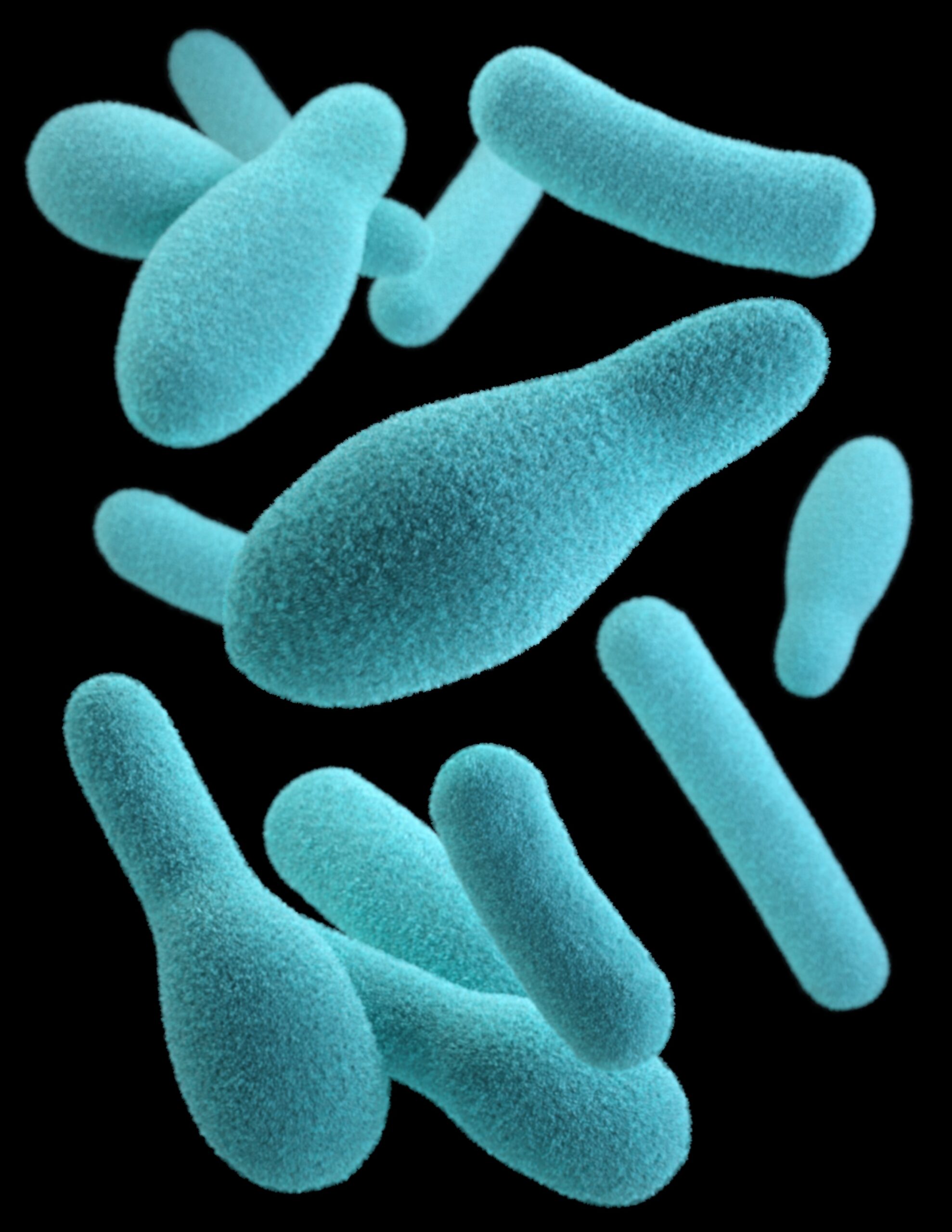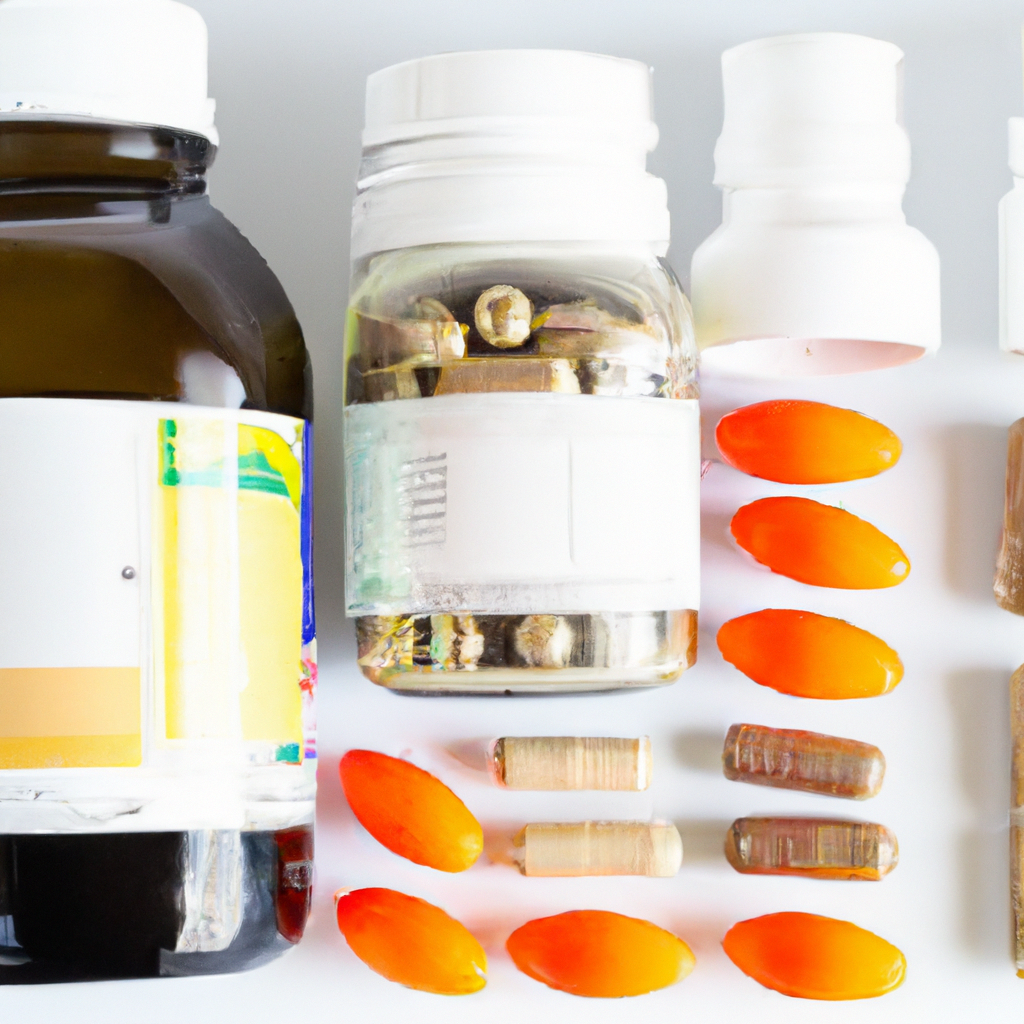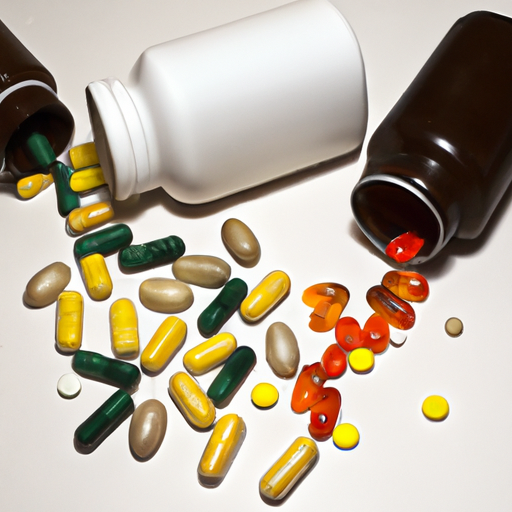Are you concerned about the safety of the dietary supplements you consume? With the increasing popularity of supplements in the market, it’s important to be aware of the potential risks of contamination. This article will provide you with valuable insights on how to determine if a supplement is contaminated, empowering you to make informed choices for your health and well-being. So, let’s explore the signs and precautions you can take to ensure the supplements you rely on are safe and free from any harmful substances.
Understanding Dietary Supplements
Definition of dietary supplements
Dietary supplements are products that are intended to supplement the diet and provide essential nutrients that may be missing or inadequately supplied in a person’s regular diet. They come in various forms, including capsules, tablets, powders, liquids, and gummies. These supplements typically contain vitamins, minerals, herbs, amino acids, enzymes, or other dietary ingredients.
Common types of dietary supplements
There is a wide range of dietary supplements available on the market, each catering to different needs and health goals. Some common types of dietary supplements include:
-
Multivitamins: These supplements contain a combination of essential vitamins and minerals to support overall health and fill in any nutritional gaps.
-
Omega-3 fatty acids: Derived from fish oil or plant sources, omega-3 supplements provide essential fatty acids that are beneficial for heart health, brain function, and reducing inflammation.
-
Probiotics: These supplements contain live bacteria and yeasts that promote a healthy gut microbiome, supporting digestion and immune function.
-
Herbal supplements: These supplements, made from plant extracts, are used for a variety of purposes such as improving sleep, boosting energy, or supporting immune health.
-
Protein powders: Often used by athletes or those looking to increase their protein intake, protein powders come from various sources like whey, soy, or plant-based proteins.
Contaminants in Supplements
Defining contaminants
Contaminants in dietary supplements refer to unwanted substances that may be present due to various factors such as poor manufacturing practices, improper storage, or contamination of raw materials. These contaminants can include heavy metals like lead and mercury, microbial pathogens, prescription drugs, pesticides, and even potentially toxic substances.
Common types of contaminants in supplements
-
Heavy metals: Some dietary supplements, particularly those sourced from plants, may contain traces of heavy metals such as lead, mercury, cadmium, and arsenic. These metals can accumulate in the body over time, posing health risks.
-
Microbial pathogens: Supplements that are not properly manufactured and tested for microbial contamination can contain harmful bacteria, viruses, or fungi. These pathogens can lead to infections and other adverse health effects.
-
Prescription drugs: In some instances, certain dietary supplements have been found to contain hidden prescription drugs. These undisclosed drugs can interact with medications an individual may already be taking, leading to unintended side effects or adverse reactions.
-
Pesticides or herbicides: Contamination with agricultural chemicals can occur if the raw materials used in supplement production are not properly sourced or tested. Prolonged exposure to these chemicals can impact health.
This image is property of images.unsplash.com.
The Dangers of Contaminated Supplements
Health risks of contaminated supplements
Consuming contaminated supplements can pose serious health risks. Here are some potential dangers associated with contaminated supplements:
-
Heavy metal toxicity: Regular consumption of supplements contaminated with heavy metals can lead to heavy metal toxicity, which may cause various health problems ranging from cognitive impairments to organ damage.
-
Infections and illnesses: Supplements contaminated with microbial pathogens can cause infections, gastrointestinal issues, or flu-like symptoms.
-
Adverse drug interactions: The presence of undisclosed prescription drugs in supplements can lead to potentially dangerous drug interactions, especially for individuals taking specific medications.
-
Allergic reactions: Contamination with allergens or undeclared substances can trigger allergic reactions in susceptible individuals, ranging from mild skin irritations to severe anaphylaxis.
The potential legal consequences of selling contaminated supplements
Selling contaminated supplements can have serious legal ramifications for manufacturers, distributors, and retailers. Regulatory authorities such as the Food and Drug Administration (FDA) have strict guidelines regarding product safety and quality control. Violations of these regulations can result in recalls, fines, product seizures, and even criminal charges, depending on the severity of the contamination and resulting harm to consumers.
How Contamination Happens
Manufacturing processes that can lead to contamination
Contamination of dietary supplements can occur during various stages of the manufacturing process. Here are some common scenarios:
-
Cross-contamination: If manufacturers do not properly clean equipment or separate raw materials, cross-contamination can occur, leading to the unintentional presence of contaminants in the final product.
-
Poor quality control: Inadequate quality control measures can result in insufficient testing for contaminants, allowing contaminated supplements to enter the market.
-
Improper storage and handling: Failure to store and handle ingredients and finished products in appropriate conditions can lead to microbial contamination or degradation of the supplement’s quality.
Role of raw materials in contamination
The quality and integrity of raw materials used in supplement production play a crucial role in determining the risk of contamination. Suppliers should adhere to strict quality standards, ensuring that raw materials are sourced from reputable and reliable sources. Failure to screen raw materials for contaminants can introduce pollutants into the manufacturing process, further increasing the likelihood of contaminated supplements reaching consumers.
This image is property of images.unsplash.com.
Prevalence of Supplement Contamination
Recent studies on supplement contamination
Several studies have shed light on the prevalence of supplement contamination. A study published in the Journal of the American Medical Association (JAMA) analyzed over six years of data and found that over 700 dietary supplements contained potentially harmful pharmaceutical ingredients not listed on the product labels. Similarly, a study published in Environmental Health Perspectives found that certain herbal supplements were contaminated with heavy metals above recommended safety limits.
Notable cases of contaminated supplements to prove the point
In recent years, there have been notable cases of contaminated supplements causing harm to consumers. One such case involved a weight loss supplement that was found to contain a banned prescription drug known to increase the risk of heart attacks and strokes. Another case involved a bodybuilding supplement tainted with anabolic steroids, leading to serious health consequences for individuals unknowingly consuming these substances. These high-profile incidents serve as reminders of the importance of ensuring supplement safety through rigorous testing and regulation.
How Regulators Test for Contaminants
The role of the FDA and other regulators
Regulatory bodies such as the FDA play a vital role in testing and ensuring the safety of dietary supplements. The FDA establishes guidelines and regulations that manufacturers must follow, including good manufacturing practices (GMP). These practices require regular testing and verification of both raw materials and finished products to identify and mitigate the risk of contamination.
Standard tests for detecting contaminants
To detect contaminants in dietary supplements, regulators and manufacturers utilize a variety of tests. Some common testing methods include:
-
Heavy metal testing: Atomic absorption spectrometry and inductively coupled plasma mass spectrometry are commonly used to assess the levels of heavy metals in supplements.
-
Microbiological testing: Various techniques, including culture-based and molecular methods, are employed to detect harmful bacteria, viruses, or fungi that may contaminate supplements.
-
Chemical analysis: High-performance liquid chromatography (HPLC) and gas chromatography-mass spectrometry (GC-MS) are utilized to identify and quantify the presence of prescription drugs, pesticides, or other potentially toxic substances in supplements.

This image is property of images.unsplash.com.
Indicators of Supplement Contamination
Physical signs of possible contamination
Visual inspection can sometimes reveal potential signs of supplement contamination. Look for any of the following physical signs:
-
Discoloration: Supplements that exhibit unusual colors or discoloration may indicate contamination or degradation of ingredients.
-
Mold or fungal growth: Visible mold or fungal growth on supplements suggests an inappropriate storage environment or manufacturing process, raising concerns about contamination.
-
Clumping or caking: If a supplement appears clumpy or cakey, it may be an indicator of moisture, improper formulation, or contamination that has affected the product’s stability.
Symptoms after consumption that suggest contamination
If you experience any of the following symptoms after consuming a dietary supplement, it may suggest contamination:
-
Nausea or vomiting: These symptoms can occur as a result of microbial contamination or the presence of undisclosed pharmaceutical ingredients.
-
Diarrhea or abdominal pain: Contaminated supplements may cause gastrointestinal disturbances, leading to diarrhea, cramping, or other digestive issues.
-
Unexplained allergic reactions: If you develop unexplained allergic symptoms shortly after taking a supplement, it is possible that the product contains hidden allergens or cross-contamination has occurred during the manufacturing process.
How to Choose Safe Supplements
Key certifications to look for
To ensure the safety and quality of dietary supplements, look for the following certifications before making a purchase:
-
Good Manufacturing Practices (GMP) certification: This certification indicates that the manufacturer follows strict quality control measures to minimize the risk of contamination and ensure consistent product quality.
-
United States Pharmacopeia (USP) verification mark: The USP verification mark signifies that the product meets specific quality standards set by the USP, an independent organization that establishes identity, strength, purity, and quality criteria for medications and supplements.
Importance of choosing reputable brands
Opting for supplements from reputable brands is essential to minimize the risk of contamination. Established brands often have stringent quality control procedures in place and prioritize consumer safety. They invest in thorough testing and adhere to regulatory guidelines, providing reassurance that their products are less likely to be contaminated.

Actions to Take If Contamination is Suspected
Immediate steps after suspecting contamination
If you suspect a dietary supplement is contaminated, consider taking the following immediate steps:
-
Discontinue use: Stop consuming the supplement to prevent further exposure to potentially harmful contaminants.
-
Consult a healthcare professional: Reach out to a healthcare professional who can provide guidance based on your specific situation and any symptoms you may be experiencing.
-
Preserve evidence: Keep the suspect product, packaging, and any receipts or documentation as evidence in case you need to report the issue or seek further actions.
How to report a potentially contaminated product
Reporting a potentially contaminated supplement is crucial to protect others and ensure appropriate action is taken. You can report the issue to the FDA through their MedWatch program, which allows consumers and healthcare professionals to submit voluntary reports regarding adverse events or product quality problems. Additionally, contacting the supplement manufacturer and informing them of your concerns can also prompt them to investigate and take appropriate corrective actions.
Future Developments in Supplement Safety
Innovations to reduce contamination risks
In recent years, the supplement industry has been investing in innovative solutions to reduce the risk of contamination. These include:
-
Advanced testing technologies: The development of more sensitive and accurate testing methods enables quicker detection of contaminants and ensures better product quality control.
-
Supply chain transparency: Increasing transparency in the supply chain allows manufacturers to trace and verify the integrity of raw materials, reducing the chances of contamination during sourcing.
Predicted regulation changes for the supplement industry
Given the importance of consumer safety, regulatory agencies like the FDA are continuously working to enhance regulations surrounding dietary supplements. It is anticipated that future regulation changes may include:
-
Stricter oversight and enforcement: Regulators may increase inspections and enforcement actions to ensure compliance with current regulations, deterring manufacturers from engaging in unsafe practices.
-
Pre-market approval requirements: Future regulations could introduce pre-market approval for dietary supplements, requiring manufacturers to demonstrate safety and quality through rigorous testing before products can be sold to consumers.
As research and technology advance, it is expected that supplement safety will continue to improve, providing consumers with confidence in the quality and reliability of these products.
In conclusion, understanding dietary supplements and the potential risks of contamination is vital for consumers. By being aware of common contaminants, recognizing indicators of contamination, choosing reputable brands, and reporting suspected issues, individuals can make informed decisions and contribute to the overall safety of the supplement industry. Through continued advancements in testing methods and regulatory changes, the future holds promise for even greater supplement safety, ensuring that dietary supplements can be used effectively and without unnecessary health risks.






